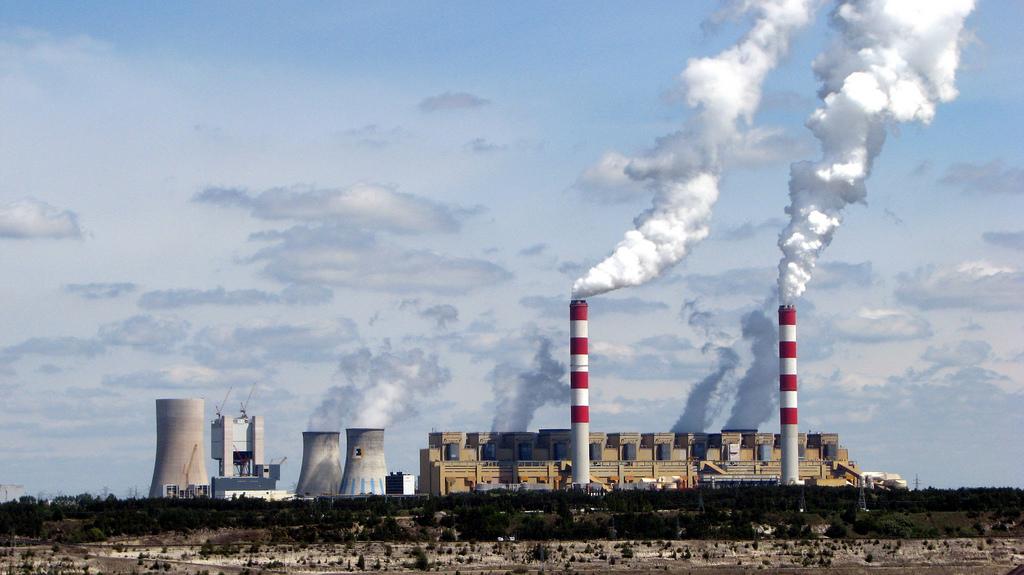BNEF has examined the feasibility of gradually transitioning from lignite generation at Poland‘s Belchatow coal plant – which is the largest such facility in Europe and the sixth largest in the world – to a mix of renewables, storage and low-carbon thermal capacity.
In its optimal scenario, BNEF said that 5 GW of solar, 5.7 GW of wind, 1 GW of storage and 0.1 GW of thermal capacity could replace 80% of Belchatow’s generating capacity, which stood at 5.1 GW in 2021.
BNEF based its analysis on local weather patterns and land availability. It said this combination would result in the highest economic value. In Poland, electricity produced by PV is reportedly about 50% cheaper than lignite.
“BNEF analysis finds that the cheapest electricity mix in Poland can be achieved when wind and solar account for most of overall generation and more expensive, flexible technologies generate only during the few hours or days when wind and solar output is low,” said the company.
It also said that a solar and wind combination has the potential to create a better overall generation profile than either technology on its own.
“Solar and wind in the region often generate at different times, complementing each other,” said Felicia Aminoff, energy transition analyst at BNEF and the lead author of the report.
The greatest challenge for the optimal scenario in terms of solar is its significant use of land. To install 5 GW of utility-scale PV, Belchatow’s land would have to be reclaimed, given that the lignite fields would be flooded with water once mining ends. In a “land-constrained” scenario, BNEF estimates that 3.6 GW of solar, 2.9 GW of wind, and 1.5 GW of thermal capacity could replace 80% of the plant’s total generation, based on 2021 levels.
BNEF said that Polish lignite generation will drop by 75% between 2021 and 2030, with the resource likely to run out by 2036. That will force the plant to shut down unless it transitions to other power sources.
The report also looks at technologies that could be deployed in Belchatow after 2030, including green hydrogen, floating solar, pumped hydro storage, and small nuclear reactors (SMRs).
“The construction of new, low-emission sources in the Bełchatów region must be started as soon as possible in order to maintain the security of energy supply at a high level and reduce electricity prices,” said Joanna Maćkowiak-Pandera, CEO of Forum Energii.
This content is protected by copyright and may not be reused. If you want to cooperate with us and would like to reuse some of our content, please contact: editors@pv-magazine.com.



By submitting this form you agree to pv magazine using your data for the purposes of publishing your comment.
Your personal data will only be disclosed or otherwise transmitted to third parties for the purposes of spam filtering or if this is necessary for technical maintenance of the website. Any other transfer to third parties will not take place unless this is justified on the basis of applicable data protection regulations or if pv magazine is legally obliged to do so.
You may revoke this consent at any time with effect for the future, in which case your personal data will be deleted immediately. Otherwise, your data will be deleted if pv magazine has processed your request or the purpose of data storage is fulfilled.
Further information on data privacy can be found in our Data Protection Policy.